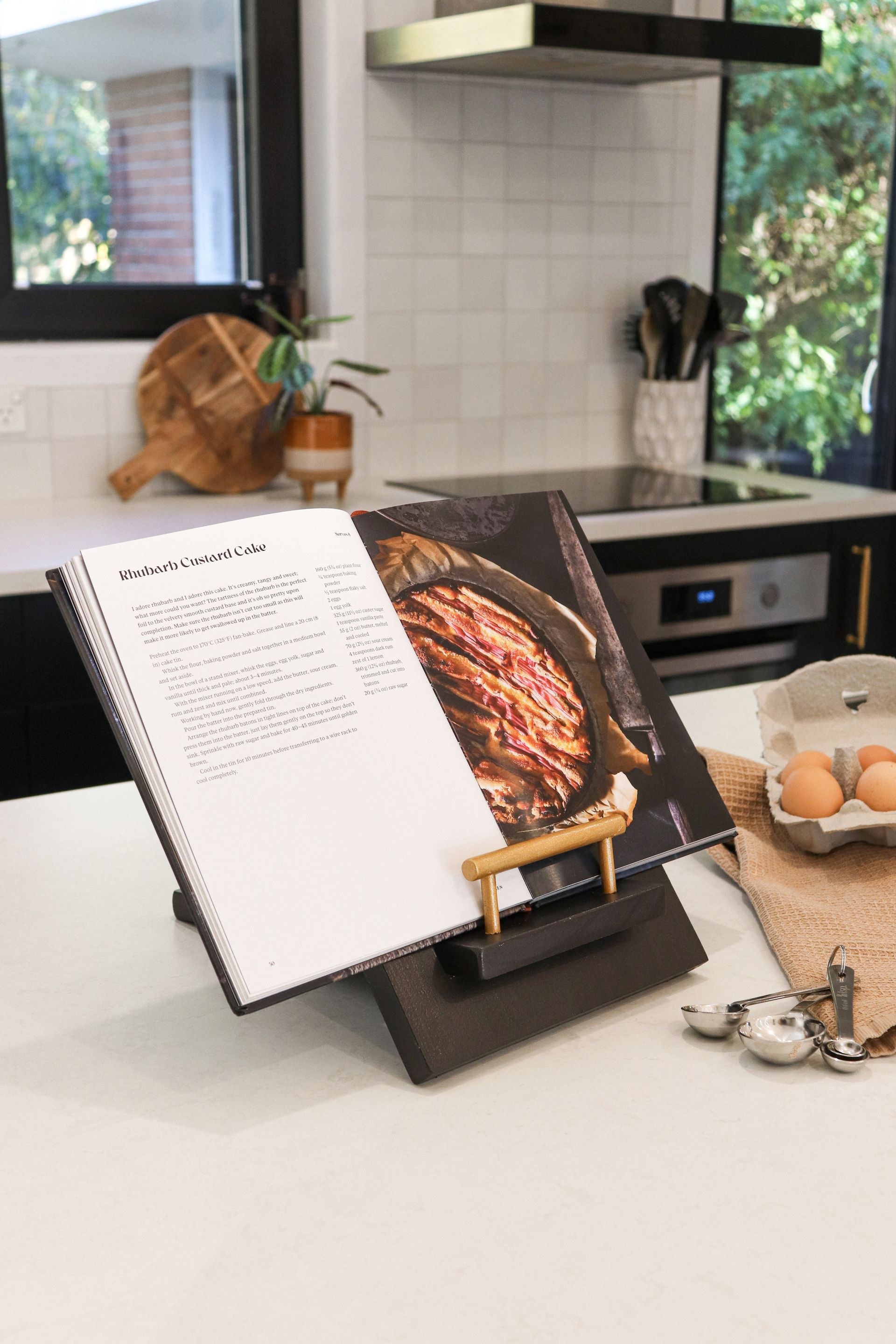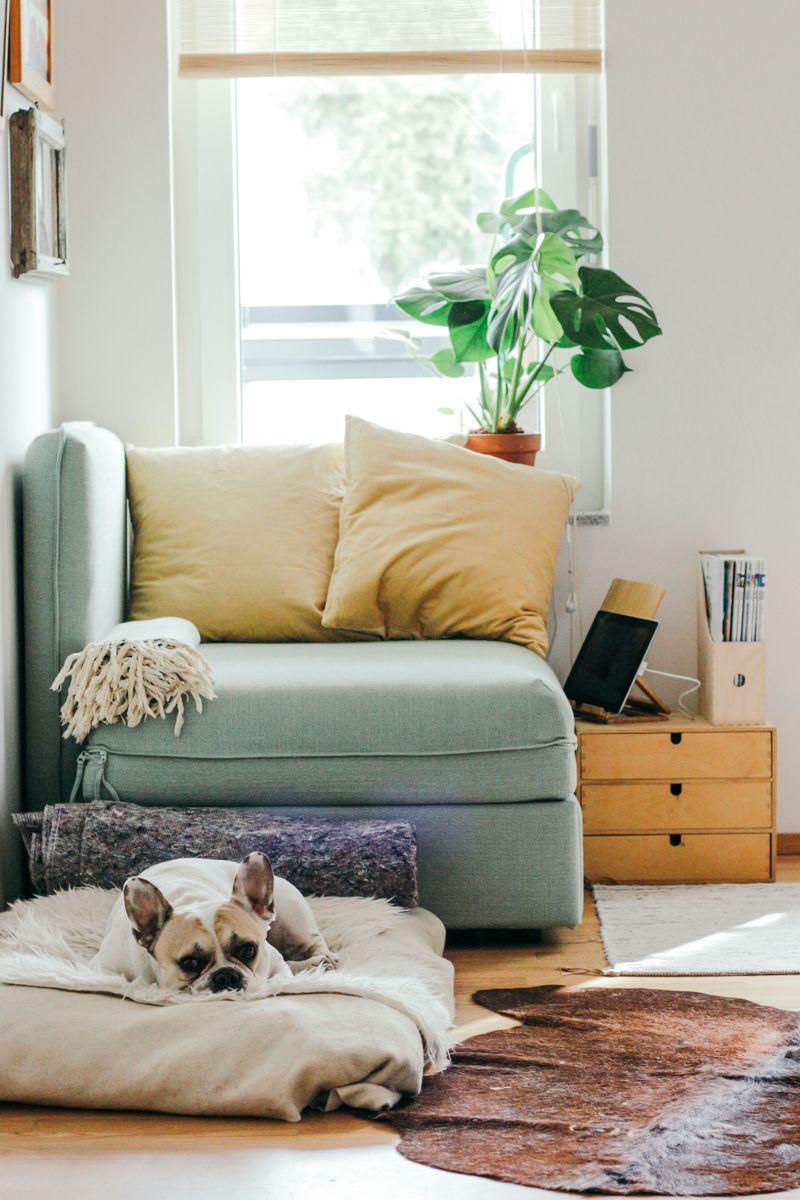Sitting on a couch on the terrace of her Christchurch home, sporting a blonde bob, sleeveless black shirtdress and white trainers, her skin glowing, it’s hard to imagine a better advertisement for local skincare company Linden Leaves than this: the company’s founder and still-verymuch- in-charge owner. About to celebrate a significant milestone, one that might have meant retirement not so long ago, she is instead a businesswoman at the height of her power. The world has certainly changed since Brigit Blair launched her skincare business 25 years ago and had to have someone co-sign for her first business credit card, such was the rarity of a female entrepreneur. Linden Leaves was ahead of its time in other ways too.
Founded on a strong ethos of treating the earth kindly, ‘sustainability has been part of our business for 25 years’, explains Brigit. In that time there’s been a sea change in the value consumers place on the ethics behind the products they buy. But for Brigit, the commitment to ethical business is no passing fad: it has always been a cornerstone of her approach.
The story of a New Zealand business founded at the kitchen table may be a familiar one, but seldom do such businesses reach this level of success – or survive long enough to celebrate a 25th anniversary. Driven by desperation – a solution to her children’s severe eczema that didn’t involve steroid cream or coal tar – Brigit set about creating skincare products using nourishing natural ingredients. ‘If it’s good for you internally,’ she figured, ‘why wouldn’t you use it externally?’
Finding her own solution probably had something to do with ‘that can-do Kiwi attitude’ says Brigit, but for her that approach runs deeper than most, inherited from a mother raised on a backcountry farm and a granny who grew up in the Chatham Islands, where there was no choice but to grow all your own food. ‘There was no doctor on the Chathams,’ Brigit adds, ‘so you had to stay healthy!’
Brigit began researching, experimenting and creating a line of body oils. ‘I got the idea that oil must be good,’ says Brigit, ‘because you don’t need to add a preservative, an emulsifier, etc.’ But the utilitarian look of oils currently on the market wasn’t going to cut it. For this busy mother combining work and family, skincare had always equated to self-care: a moment of time to yourself. ‘I have a theory,’ she says, ‘that if you pick up something beautiful, it uplifts you. Like nice shoes or a nice meal. It makes you feel positive and that extends out to others.’
Encouraging responses from friends and family led her to wonder, why aren’t I selling overseas? ‘We were a strange company, exporting before coming into the domestic market.’ But for Brigit, who already owned a business importing antique wooden chests from Korea, it made sense to capitalise on her connections and start exporting Linden Leaves to East Asia.
It is typical of Brigit’s approach: following her instincts rather than following the crowd. By ‘sheer coincidence’ she met the ‘perfect fit’ for a business partner, who knew how to navigate the grey area of Korea’s import regulations. In typically audacious style, Brigit started exporting Linden Leaves to Korea. Says her daughter, Juliet Blair, now the Auckland-based Creative Director, ‘She is good at letting people have a say, but then happy to make the call.’ Marketing Manager Katherine Thomlinson calls her ‘fearless’.
The business grew quickly but was not without setbacks, including a shop destroyed in the collapse of the Sampoong Department Store. As Juliet explains, however, ‘Mum never gives up. After a setback, she just gets up and carries on.’
Brigit herself acknowledges the need for resilience. ‘There will always be ups and downs, so you need enough passion to ride through.’ There was the expansion into Japan too, underthe assumption that it would be a similar market to Korea, ‘but it was totally different’. In Brigit’s view, despite the inevitable hurdles of being a woman in business in the 1990s, being female was an advantage when it came to conquering unknown territory, whether it was the ins and outs of international shipping or the vagaries of the Japanese market.
‘I would just say, “I don’t have a clue” and people would help.’ After juggling two businesses for a year, Linden Leaves won out, and Brigit set up a proper structure with an advisory group. She took advantage of business mentoring services on offer too – something she recommends for anyone starting or growing a business – and took the approach of hiring staff who knew more than she did.
‘When you hire someone, hire someone with a lot more skills than you have,’ she says, ‘or you might as well do the job yourself.’ It requires a certain level of confidence in your business abilities to put this into practice, and a willingness ‘to acknowledge that there are people who are a lot more knowledgeable than you!’
In time, she appointed a CEO, a board and a Chair. ‘The Chair gives perspective from the outside looking in,’ says Brigit. ‘When you’re working in the business full-time, it’s hard to step back and have perspective – you’re always trying to balance the needs of the people in the business.’ For Brigit, ethical business is as much about the relationship with staff as what goes into the products. ‘I have huge respect for the team,’ she says. ‘I never want to get to the stage when they’re just a number.’ Adds Juliet, ‘As a company culture, we have a very inclusive approach. People first, staff second. We’re a business, but we’re also a team. There’s not much ego involved!’
Now in 11 markets around the world (including New Zealand!), with a devoted following of customers, 2020 marks the 25th anniversary of Linden Leaves, an opportunity to reassess, refresh and plan for the next 25 years. Juliet has been the mastermind of a brand update which began three years ago with a process of ‘working out what we want to be’ and has culminated in a new look and feel that is ‘more modern, elegant and reflects the quality of product’.
The achievement of NATRUE certification has been key. Says Brigit, ‘People are sceptical – why are they going to believe my brand is natural if others say it, but aren’t?’ Across the world, there are numerous accreditations to choose from: NATRUE in Europe was one of the biggest and seemed the strictest. ‘They check all provenance,’ says Juliet, ‘from when the seed is planted, and it all has to be certified natural.’
Products are sourced locally where possible. ‘If we can’t source it from a supplier or farmer here, then we look overseas,’ says Brigit. ‘We look for the top grade, for example, oils that are steam-distilled and not alcohol-distilled. We look for suppliers who share our ethics. Tamarillos come from a farmer north of Auckland. Wild apples are picked near Ashburton.’ The availability of natural ingredients from around the world has surged in recent years, creating exciting opportunities for new products.
It is a trend mirrored in packaging, where the mainstreaming of a more sustainable approach has led to ‘greener’ options. Twenty years ago, before the practice became widespread, Linden Leaves stopped using polystyrene for packaging and started using potato starch, although at the time, it was 10 times the cost, says Juliet. ‘It doesn’t make the news,’ adds Brigit, ‘but you’ve got to live by your ideals.’ Now, more options are becoming available – and the prices of these alternatives are coming down. ‘Mass adoption is giving us more options and better options,’ according to Juliet.
‘Whatever the motivators are, it’s good for them to do better.’
‘But you have to earn respect,’ says Brigit. ‘There’s no other way than doing the hard yards. Lots of brands are very short term – launched without integrity, just catching the wave of sustainability. Any industry has its ups and downs,’ she continues, ‘and you have to be able to ride them out. But there are opportunities if you have a dream, a passion.’
Much has changed since Brigit Blair began exporting luxurious natural skincare from Christchurch to the world, but with Linden Leaves she has proven the point that good ethics and good business can go hand in hand.
To shop the range, visit
lindenleaves.com
Recent stories









